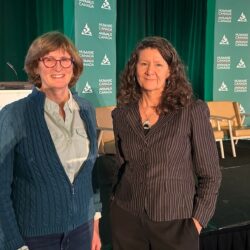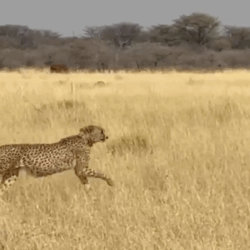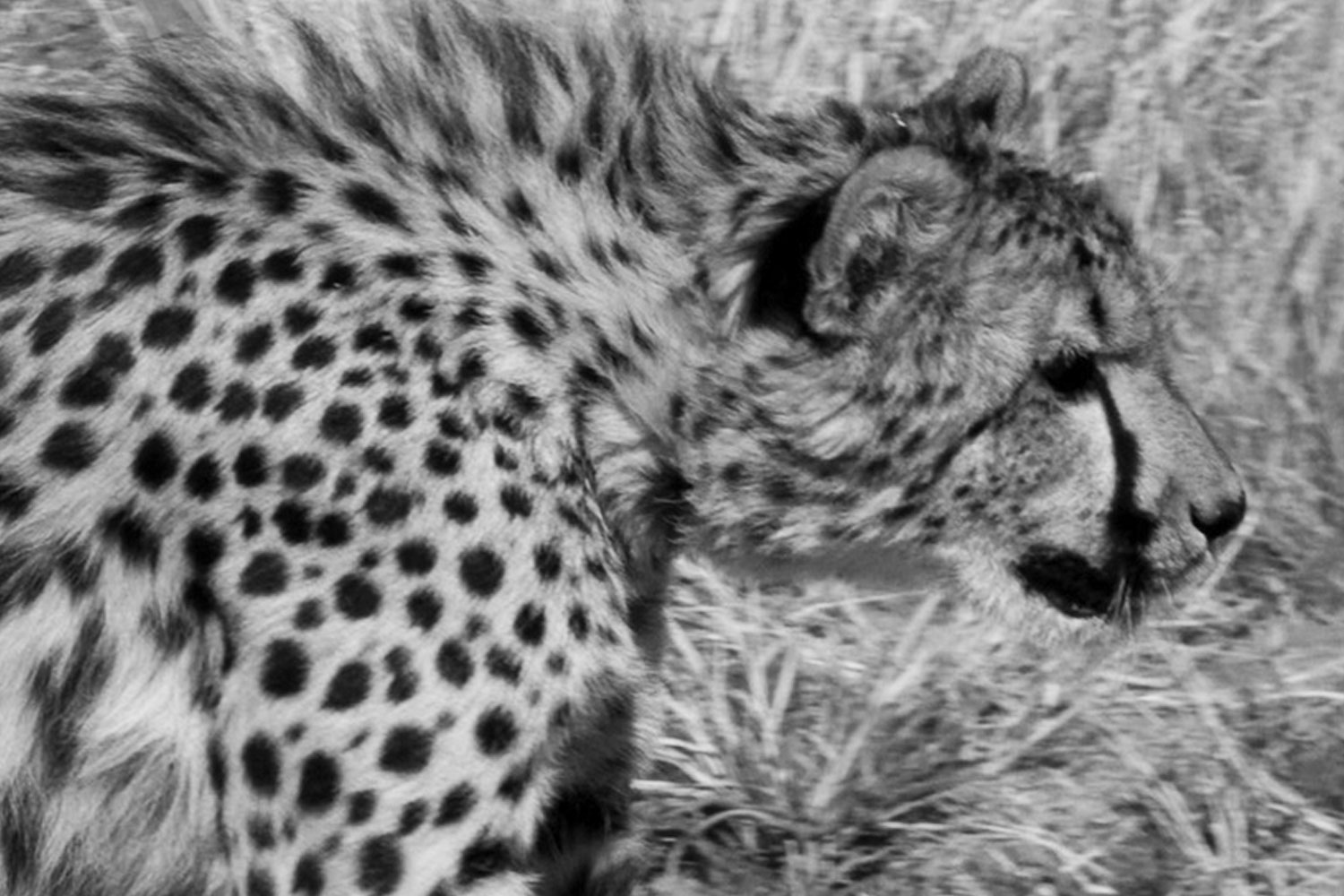It Takes a Village: Cheetah Conservation and Land Management
-

- by Jameson Bowman June 16, 2019

Cheetahs live in low densities over vast areas.
On average, male cheetahs require 800 square miles – an area larger than Toronto – and need abundant wildlife. Throughout Africa, protected land is limited and cheetahs roam onto private lands. Due to their unique needs, cheetahs require an alternative method for conservation. In Namibia, 90% of cheetahs live on unprotected private lands. As human populations in Africa grow and more land is cultivated the situation will worsen. The solution is mutually beneficial cohabitation between cheetahs and humans, a solution at the heart of Cheetah Conservation Fund’s (CCF’s) mission.
Namibia is unique within Africa in having a relatively low human population mixed with an abundant wildlife population. Originally South West Africa, Namibia gained its independence in the 1990s from South Africa and opened new farm land for previously disenfranchised natives. Due to the difficult ecological conditions, farmers organized themselves into government-recognized communities to maximize their yield and natural resources known as free-hold and communal conservancies.
There were 23 free-hold conservancies in Namibia ranging from 5-58 farms covering a total of 4.7 million ha or 6% of Namibia’s land. Communal conservancies are held by indigenous residents who acquire conditional land rights including wildlife use and commercial tourism. As of 2014, there were 82 registered communal area conservancies that cover 16 million ha or 20% of Namibia’s land.
When Dr. Marker started CCF, she worked with individual farmers to change local attitudes towards cheetahs and stop their extermination. This strategy has been successful but in Namibia a typical farm is 70km2 and cheetahs can roam up to 1000km2 – thus cheetahs roam well beyond a single farm boundary.
The success of conservation efforts for cheetahs will only be successful if it matches the scale of the problems. Conservancies, as large integrated managed land, provide the greatest hope for cheetah conservation in Namibia. They have the potential to solve the two main threats to cheetah populations:
– a lack of habitat for cheetah populations, and
– reduce areas that present high risk to their survival (preventing killings)
The main difficulty was convincing land owners and residents of the conservancy and benefits of conserving cheetahs and other wildlife. In the words of Dr. Marker “we can’t just say [to farmers] save the cheetah and heck to you and your livestock.”
Economic incentives are used globally to enhance conservation efforts. Providing farmers with alternative sources of income, such as livestock loss compensation programs and direct access to ecotourism funds, has proven to reduce the retaliatory killing of cheetahs by farmers and produced a greater overall acceptance of predators. One study found that farmers in north west Namibia who engaged in ecotourism activities had more positive feelings toward cheetahs despite still considering cheetahs a significant source of predation.
The key for success is providing direct monetary gain to farmers rather than intangible benefits. The income to communal conservancies in Namibia, after increased government legislation promoting conservation and ecotourism, rose from US $1.3 million in 2006 to US$ 3.5 million in 2013 and the benefits from non-hunting tourism rose from US$1.5 million in 2006 to US$3.0 million in 2013.

Once a conservancy’s members are convinced of and compensated for the cheetahs’ presence it is vital that the Government, universities, and NGOs like the CCF support the farmers and land owners with technical knowledge for successful conservation and wildlife management. These costs are high, especially as conservation goals are usually only met when the livelihood needs of the conservancies are first met by the conservation support teams. We cannot ensure cheetah conservation success without the success of the human populations who share the land.
Sources
Powell A. Larkin et al. “Coordination of Large Landscapes for Cheetah Conservation.” Cheetahs Biology and Conservation. Ed. Marker, Laurie et al. Cambridge USE: Elsevier Inc. 2018, 239-248. Print.
Beprovided Conservation Radio, Dr. Laurie Marker: Founder of Cheetah Conservation Fund. Nov 21 2017.
Faunographic. Episode 7: Big Cat Expert Dr. Laurie Marker Talks Cheetahs, September 10 2018.
Related Reading
-
December 2, 2025
One Health One Welfare -
October 24, 2025
International Climate Day – October 24



